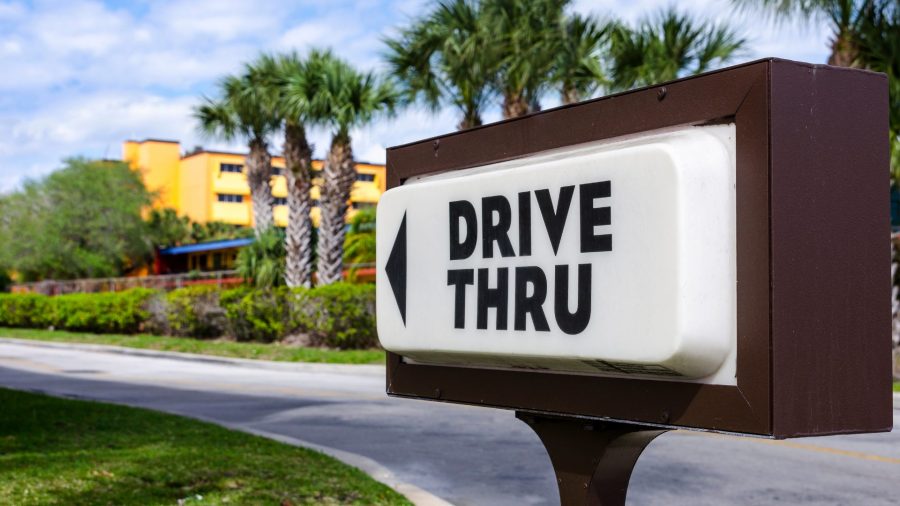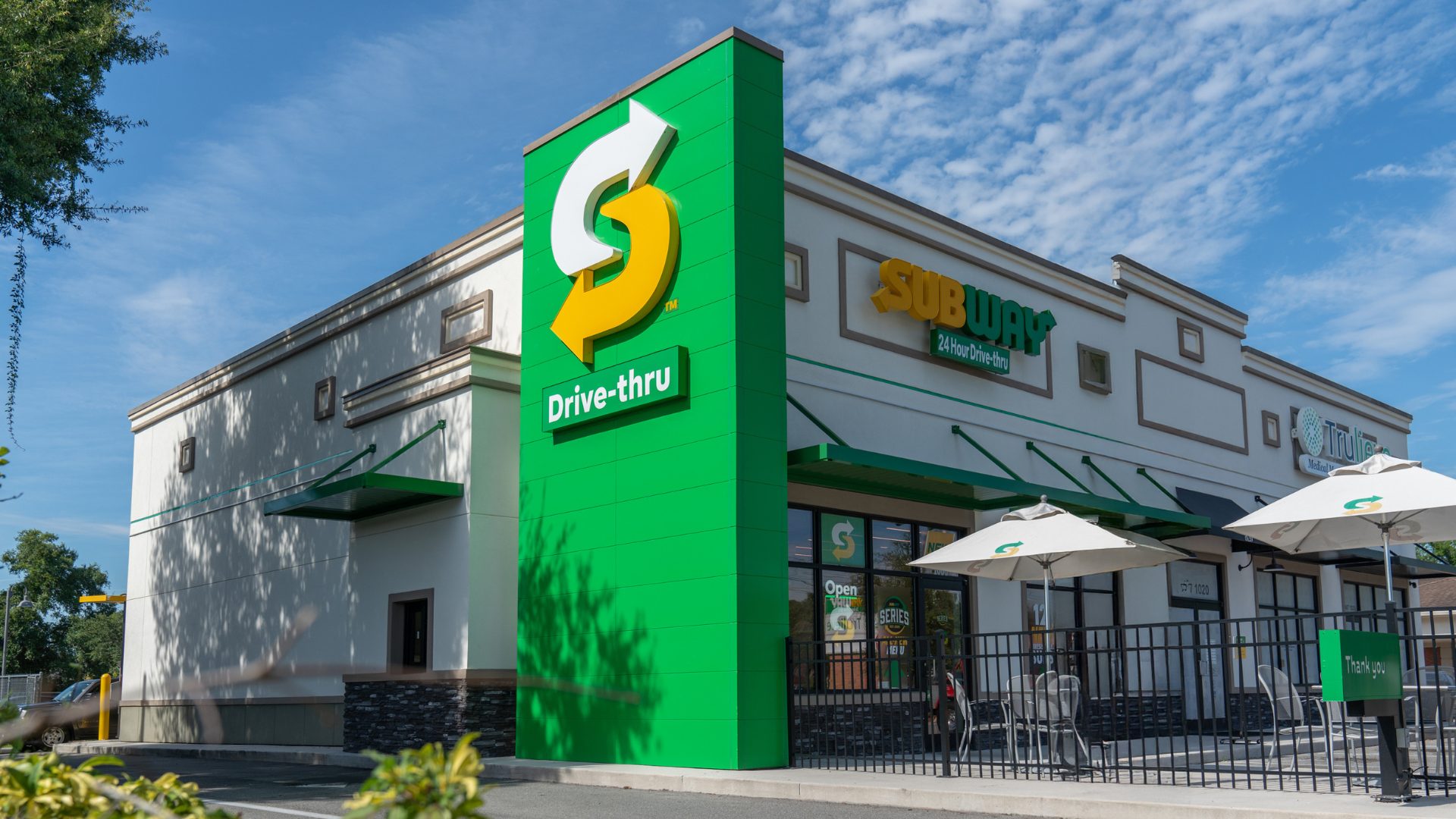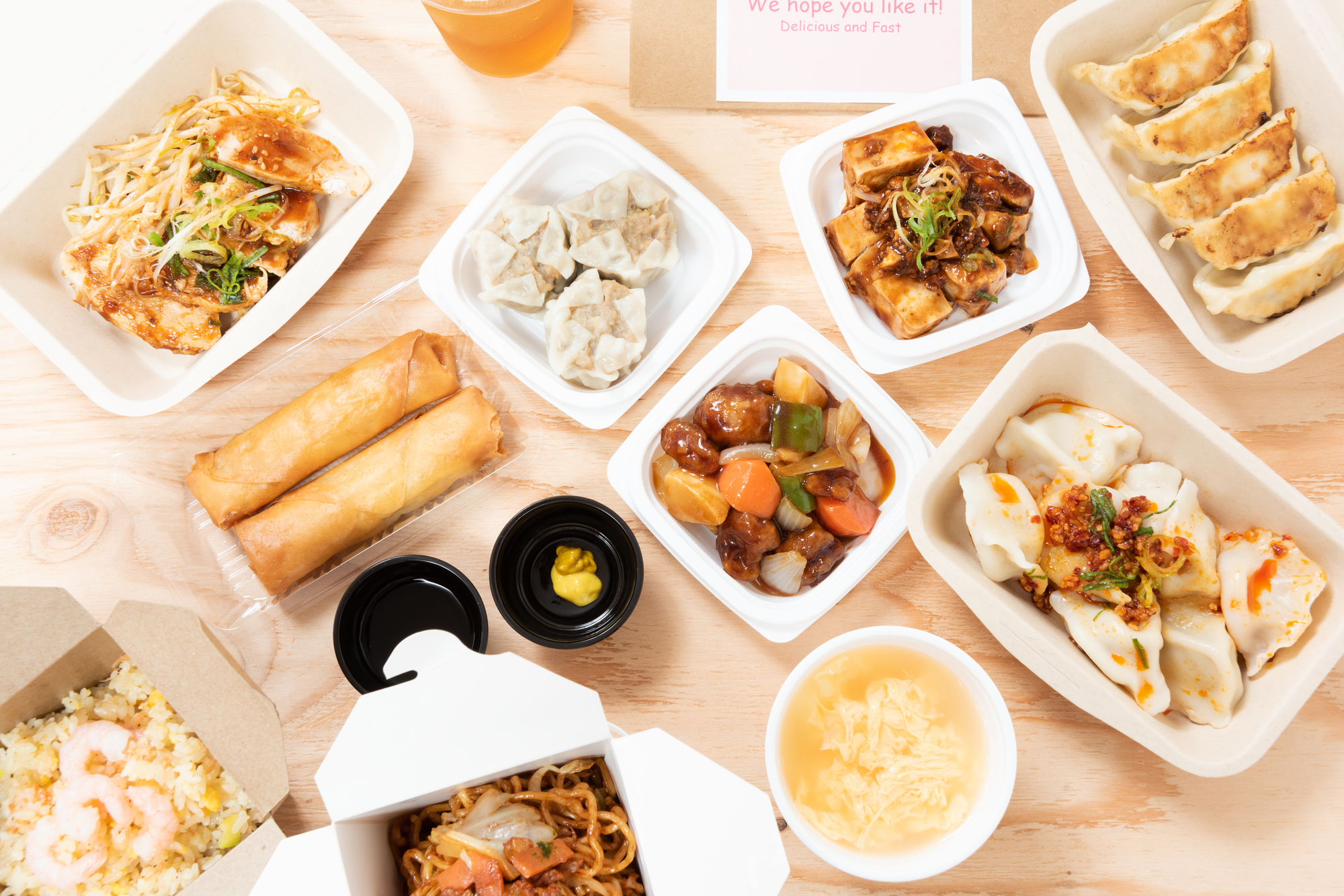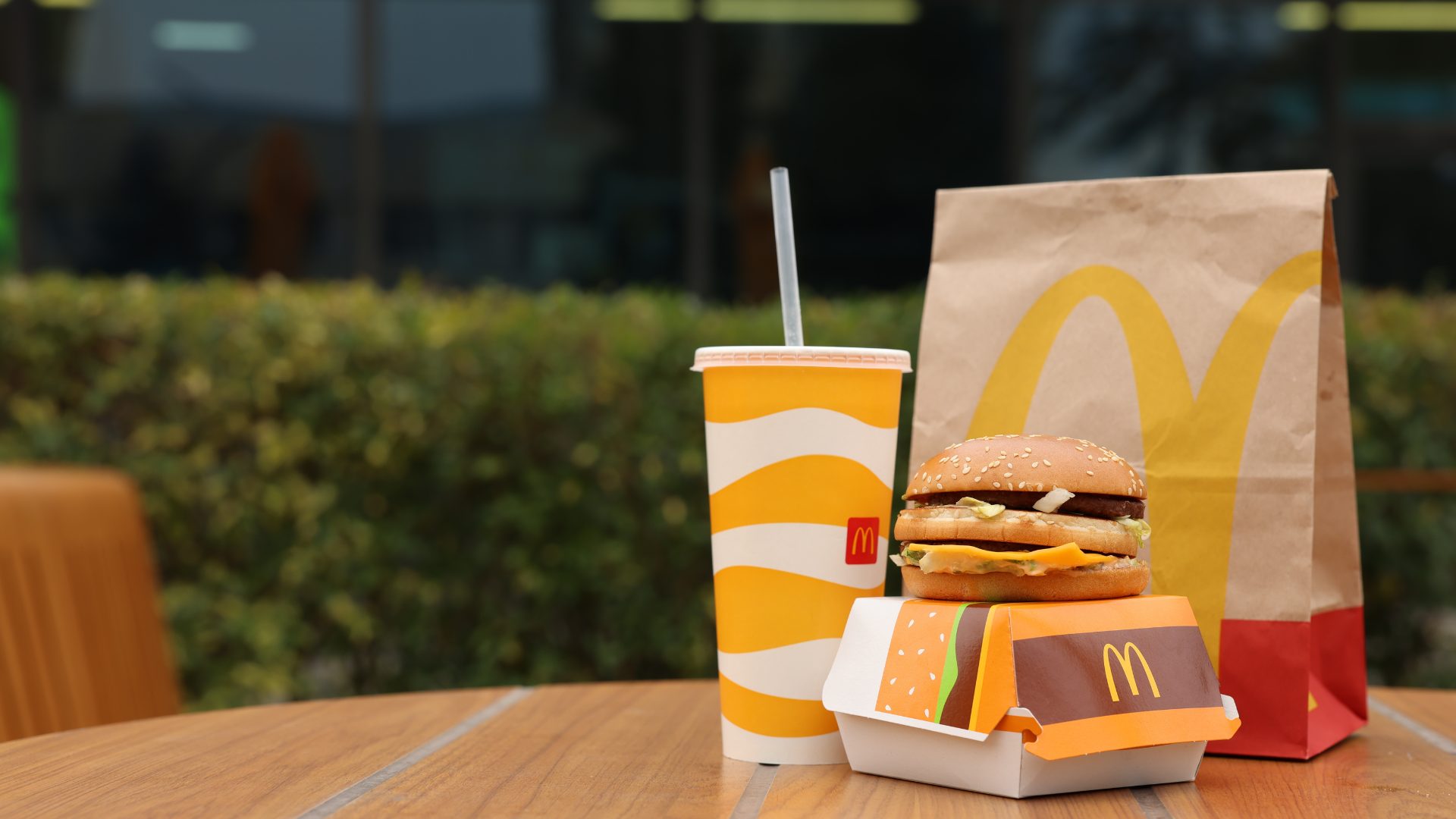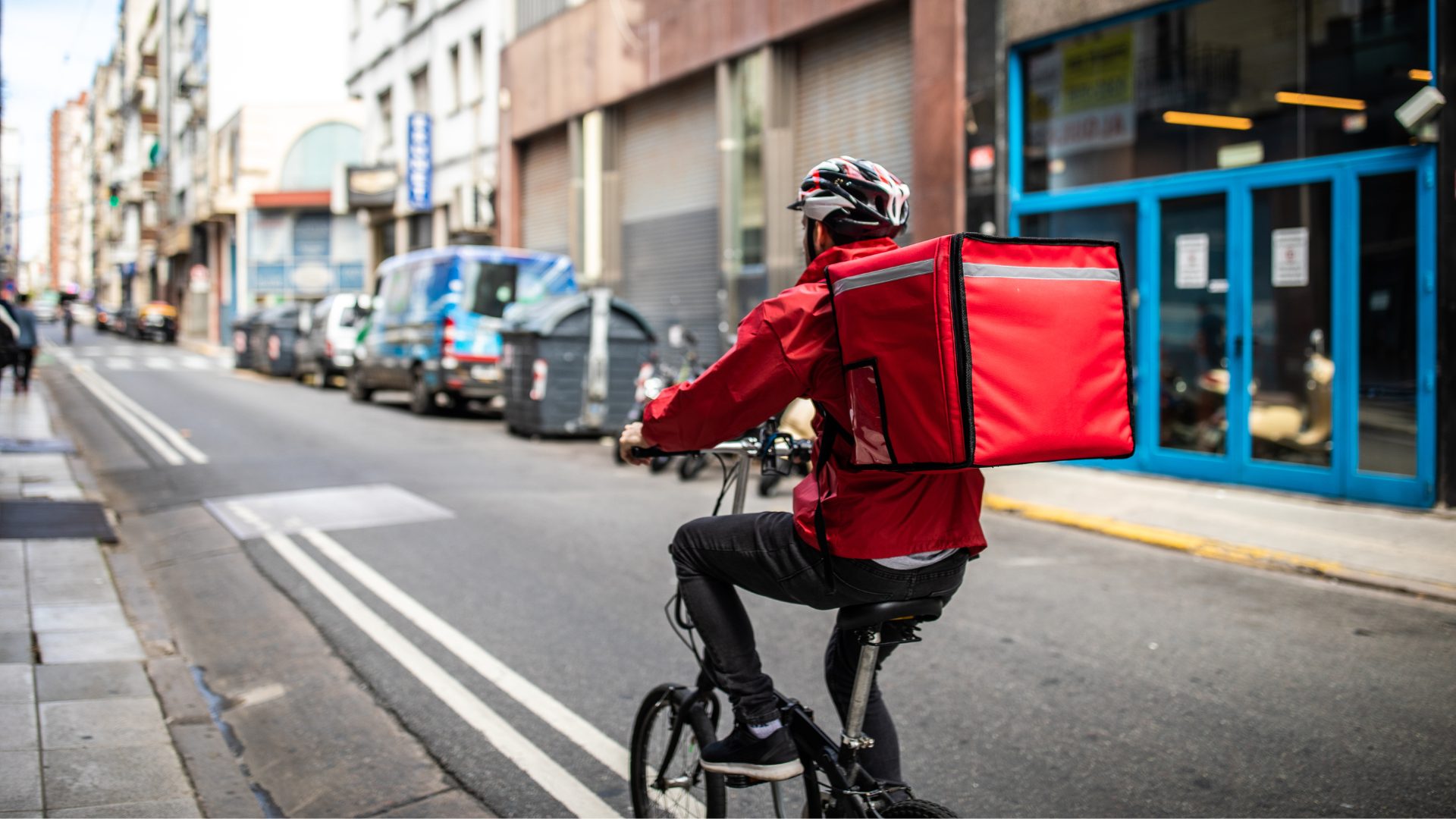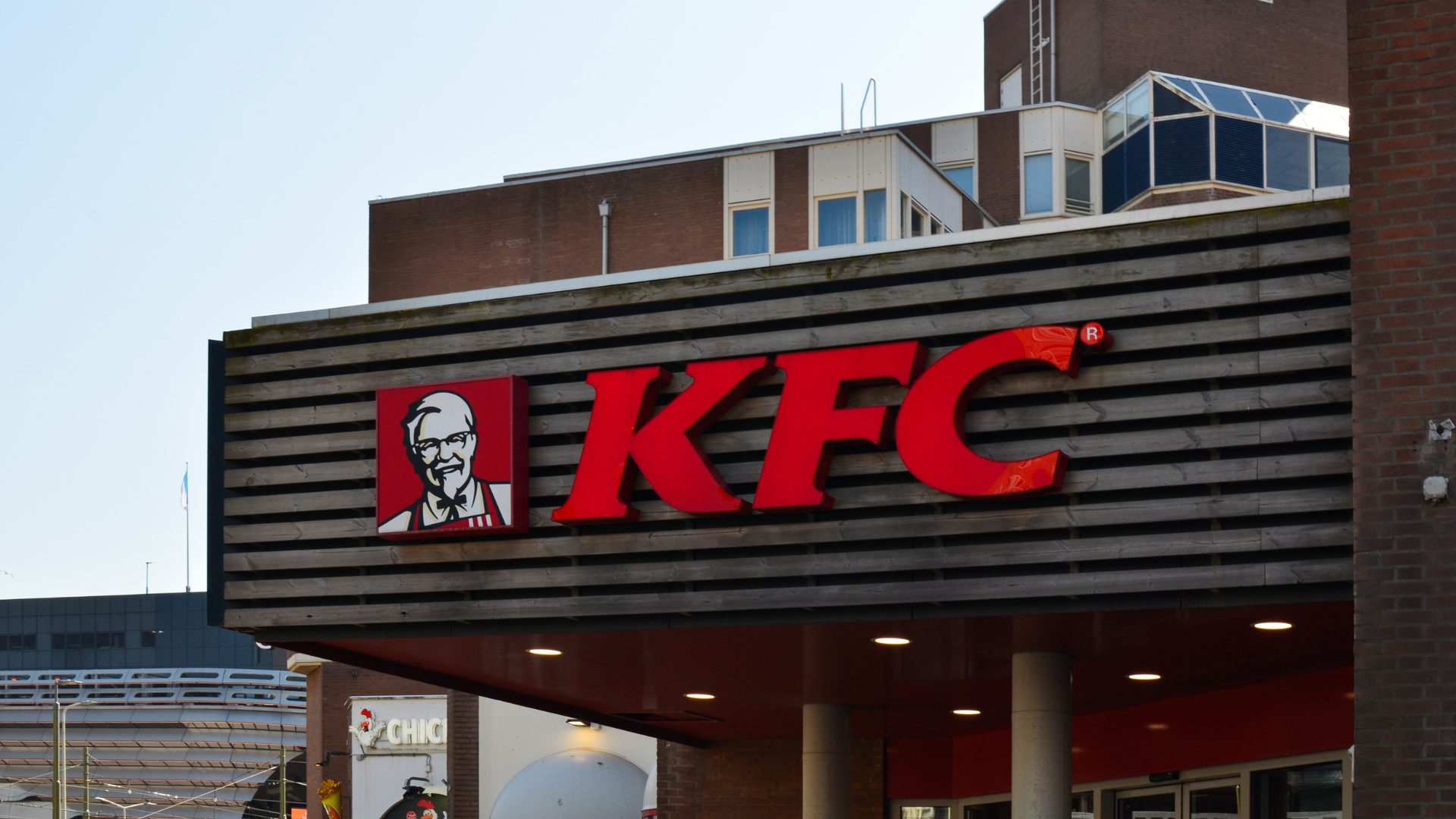The drive-thru lane is no longer exclusive to fast-food chains.
Applebee’s recently revealed it would be “aggressively” leaning into drive-thrus as it gets back to new unit growth, reported Forbes (March 3). The chain will soon open its third location that includes a drive-thru pickup window and there could be about 15 models by the end of this year.
The segment is certainly growing across the restaurant industry. The NPD Group found that drive-thru accounted for 42% of all traffic in November 2021, compared to 26% in February 2020.
With that, The Food Institute took a closer look at how adding drive-thrus could impact full-service chains:
ARE DRIVE-THRUS EFFECTIVE FOR BOOSTING SALES?
In a changing industry, drive-thrus give full-service chains a new opportunity to attract customers.
“Nowadays you need to feed people what they want, how they want it, where they want it, and when they want it,” Dan Rowe, founder and CEO of Fransmart, told The Food Institute. “Drive-thru used to be only for QSR with food waiting under the heat lamps but nowadays, and especially because of COVID, it’s become pervasive.”
John L. Church, managing director and co-head of food & beverage at HSBC Bank, said that fast and family casual restaurants disrupted by the pandemic can leverage drive-thrus to better manage future disruptions, labor constraints and spending associated with dining room maintenance.
Joe Pawlak, managing principal at Technomic, agrees that drive-thrus can be an effective strategy for full-service chains to boost sales. However, he believes that it needs to take on a different model than that of fast-food.
“Given that speed of service is key in drive-thrus, ordering at time of arrival is not something that would work for casual dining as meal prep takes longer in casual dining,” Pawlak explained to The Food Institute. “Rather, drive-thrus could work very well for pre-orders, for when orders are made available at designated times for a consumer just to drive up and pick it up.”
DEMAND FROM CONSUMERS
With consumers always looking for convenient options, there is a demand for drive-thrus.
“Most QSR, for instance, do more through drive-thru than dine in so you know the preference,” said Rowe. “Customers feel safe and in control in a drive-thru, especially through COVID. Everyone is on the go and customers want convenience…without a drive-thru, these customers wouldn’t normally think about an Applebee’s.
Rowe even believes that drive-thrus have the potential to make Applebee’s interesting and relevant again and could add 20% or more to sales.
“Consumers are looking for convenience any way they can get it,” added Pawlak. “If this means that a consumer doesn’t need to get out of their cars to get their pickup orders from full-service restaurants, I think they’d be all for it.”
BLURRING THE LINES BETWEEN QSRs, FAST CASUALS & FULL-SERVICE
With the advent of delivery and the adoption of drive-thrus, the lines seem to be blurring between segments in the restaurant industry, with Rowe highlighting ghost kitchens as an example.
“Remember the whole thesis for ghost kitchens was the narrative that fast casual and full service weren’t equipped for off premise. Since COVID, most fast-casual and full services have become quite good at off premise, drive-thru is just the next natural extension,” he said.


